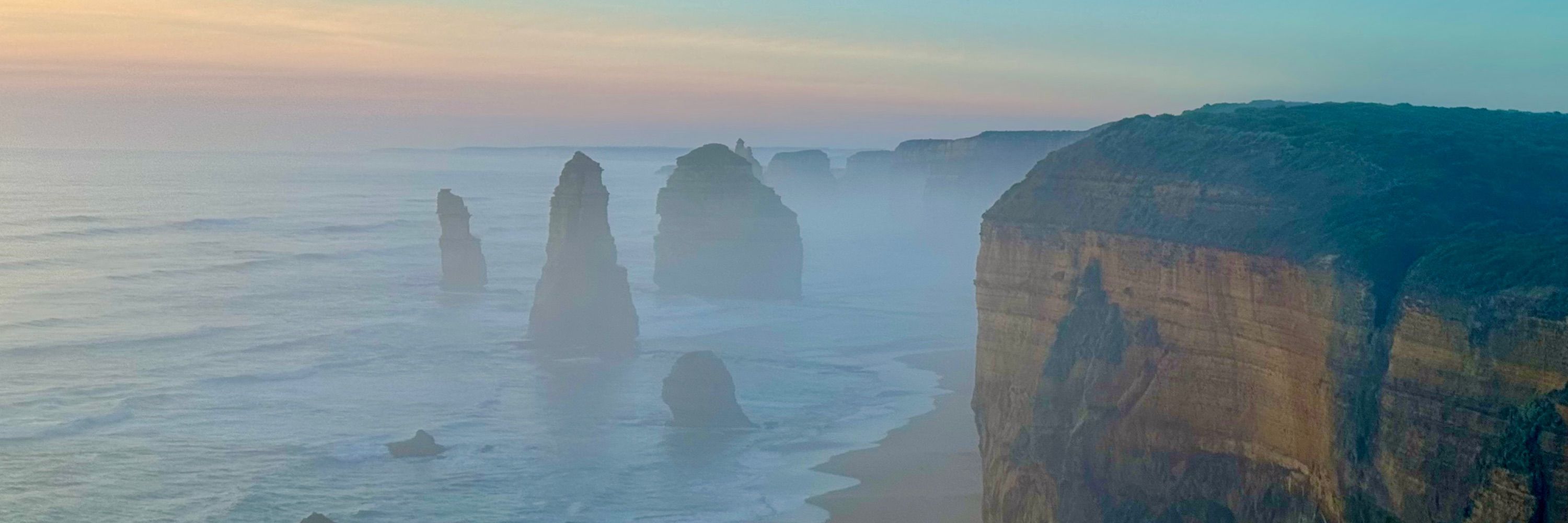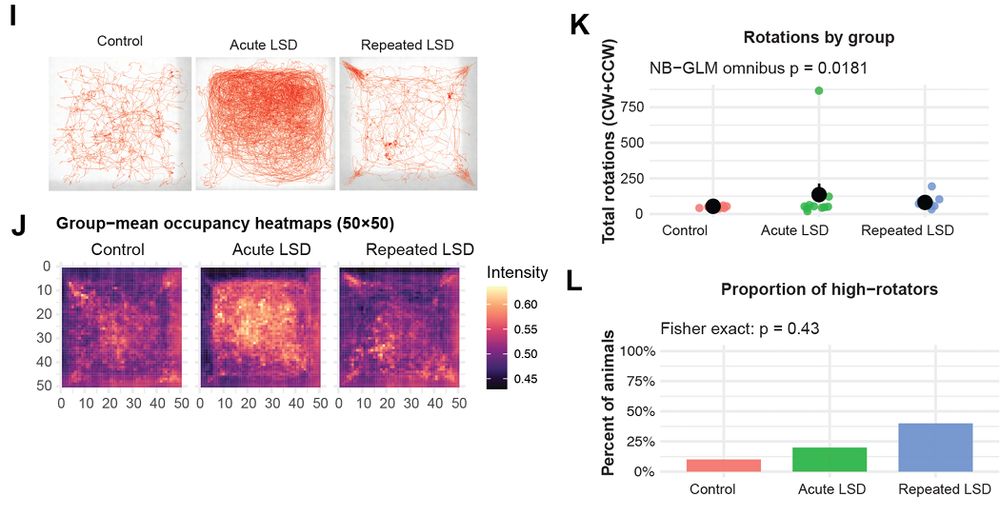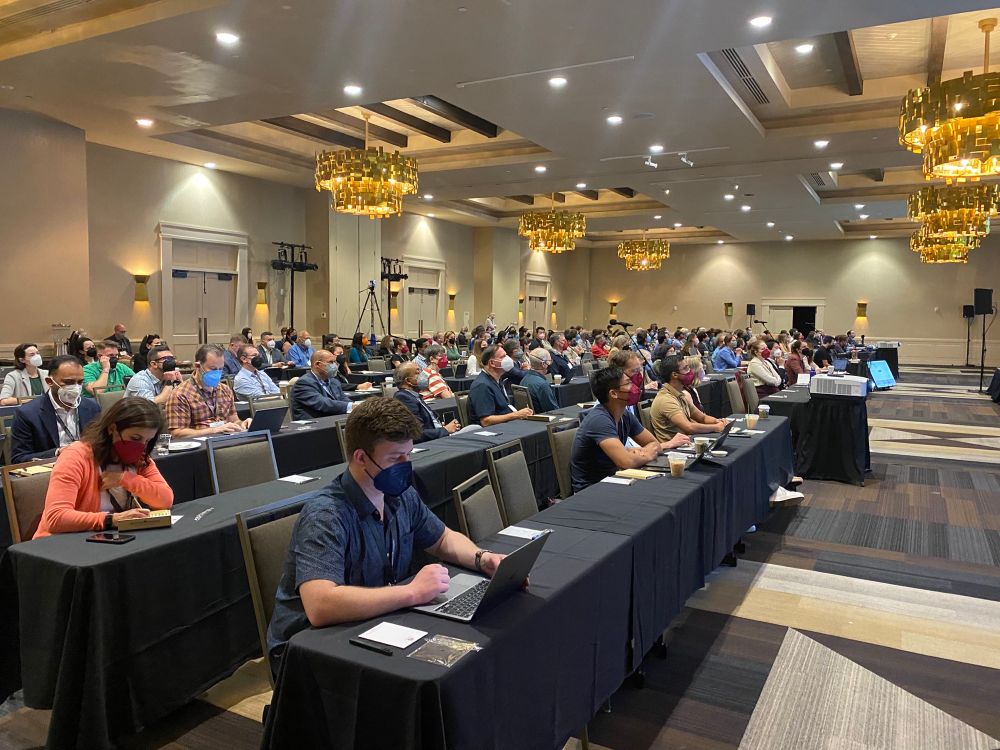Ya'el Courtney, PhD
@scienceyael.bsky.social
1.5K followers
890 following
400 posts
studying the role of autoimmunity in post-infectious syndromes 🦠 | Jane Coffin Childs Fellow | Stanford immunology postdoc—Robinson Lab • Harvard neurobiology PhD, 2024 🧠 • scientist, writer, & teacher • 110/100 books in 2025 📚 she/her
Posts
Media
Videos
Starter Packs
Reposted by Ya'el Courtney, PhD
Reposted by Ya'el Courtney, PhD
Reposted by Ya'el Courtney, PhD
Reposted by Ya'el Courtney, PhD
Reposted by Ya'el Courtney, PhD
a wicked and unusual boy
@myrrlyn.net
· Aug 11








